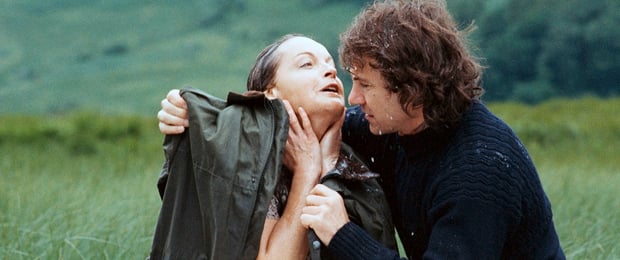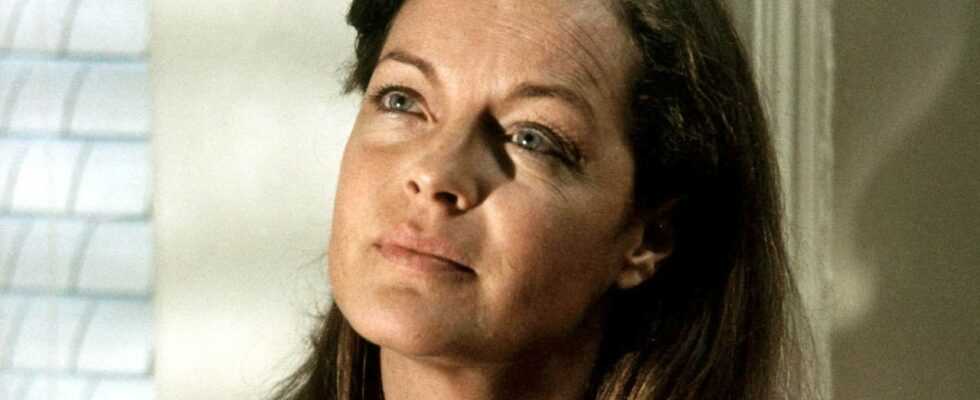Invited on a TV set in 2013 to discuss the theatrical release of his film “La Mort en direct”, Bertrand Tavernier remembered, with great emotion, his actress, Romy Schneider…
Major retrospective organized at the Cinémathèque française, documentary Conversation with Romy Schneider which will be broadcast on Arte on May 31 (and already available on arte.tv); broadcasting of Romy, femme libre, which will be screened at Cannes and also on France 3 on May 20; many films broadcast on TV channels, including, very recently, the moving and heartbreaking Passante du sans-souci, which we mentioned here…
It is an understatement to say that this immense actress, with a destiny as romantic as it is absolutely tragic, has been present everywhere for some time. Right by the way. On May 29, we commemorate the forty years of his brutal disappearance, leaving millions of inconsolable moviegoers orphans.
Solar actress and chameleon, very committed, also broken, exhausted from having faced many personal dramas. She had known how to attract the attention of many great filmmakers, including the late Bertrand Tavernier, who gave her the title role in a very great film: La Mort en direct.
The story of a man (Harvey Keitel) who has a camera grafted into his brain and films everything he watches. And also the story of a woman, Katherine Mortenhoe, who fled to “die free”. Wanting to escape the Media, in this case a television show, she does not know that she is being helped in her escape by the very person who is filming her…

Roissy Films
Shot in 1979, denouncing the excesses of voyeuristic television, the film was incredibly visionary, and remains today more relevant than ever. The producers were initially reluctant to cast Romy Schneider, who did not seem to convince them in the role of a dying woman. But Tavernier will manage to impose his choices and the film, a great critical and public success, owes a lot to its two interpreters.
Romy Schneider, who was thought to be too “full of life” to play a dying woman, slips wonderfully into the skin of Katherine, a young woman who refuses any form of self-pity and hides a terrible wound within her. This role takes on an even more tragic dimension when we know that a year after the film’s release, Romy Schneider will lose her son David, who died in particularly painful conditions.
When the film was released in theaters in 2013 in a very beautiful restored copy, Bertrand Tavernier had evoked, with great emotion, his memories of filming with the actress, in an interview given to TV5MONDE. An emotion all the more vivid that he had precisely not seen – had even refused to see it again – the film for years.
“Romy had wanted to shoot with his son shortly before his death” said the filmmaker, in support of this scene revealed below..
“She had wanted him to be in this little scene, where she hugs him; I had filmed it, and for a very long time I had a hard time seeing the film again, because I was thinking about what made him had happened, when he died. I thought of all those wonderful days he spent with us, with the team, who adored him. […] Romy taught me a lot of things. She was so keen for us to respect her freedom… She saw in this film a way of talking about herself, about her fight for freedom, this fight that she also constantly waged against her ghosts. Against the past, against his mother…”
